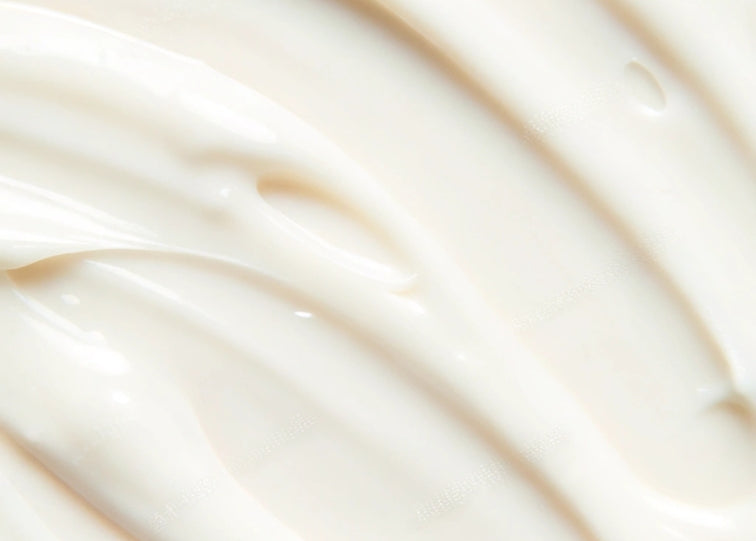Retinoids are the gold standard in dermatology for anti-aging, acne treatment, and skin renewal. Two of the most commonly used retinoids are tretinoin and retinol, while they share similarities, their effectiveness, usage, and potential side effects vary significantly.
The Science Behind Retinoids: How Do They Work?
Retinoids, derived from vitamin A, accelerate cell turnover, stimulate collagen production, and improve skin texture and tone. They penetrate the skin to interact with retinoic acid receptors (RARs) in skin cells, which regulate cell differentiation and renewal.
-
Retinol must be converted into retinoic acid through a two-step process in the skin (retinol → retinaldehyde → retinoic acid). This makes it a gentler, slower-acting option.
-
Tretinoin, on the other hand, is pure retinoic acid and works immediately, making it more potent but also more irritating.
Comparing Tretinoin and Retinol: Key Differences
|
Feature |
Retinol |
Tretinoin |
|
Strength |
Milder, Cosmetics & OTC |
Stronger, Prescription |
|
Speed of Results |
Gradual over months |
Faster, visible results in weeks |
|
Conversion in Skin |
Requires conversion to retinoic acid |
Already in active form |
|
Irritation Level |
Lower, more tolerable |
Higher, more peeling and redness |
|
Best For |
Beginners, all skin types |
Acne, deep wrinkles, stubborn pigmentation |
Benefits of Retinol and Tretinoin
Retinol Benefits:
-
Smooths fine lines and wrinkles gradually.
-
Improves overall skin tone and radiance.
-
There is less risk of irritation, making it suitable for sensitive skin.
-
Available with cosmetics and over the counter, making it more accessible.
Tretinoin Benefits:
-
More effective in treating acne and clogged pores.
-
Provides faster and more dramatic results for anti-aging.
-
Targets hyperpigmentation and dark spots more efficiently.
-
Dermatologist-recommended for severe skin concerns.
Common Side Effects & How to Manage Them
Both tretinoin and retinol can cause:
-
Dryness and peeling – Use a moisturizer and reduce frequency.
-
Redness and irritation – Start with a lower strength and increase gradually.
-
Increased sun sensitivity – Always use broad-spectrum SPF 30+ daily.
Tip: If transitioning from retinol to tretinoin, introduce it slowly (2-3 times per week) to minimize irritation.
Recommended Product: Liposomal Retinol Moisturizer
For those looking for an effective, hydrating retinol skincare option, consider our Liposomal Retinol Moisturizer, this retinol moisturizer is designed to help your skin look visibly younger in just four weeks.
-
Smooth the appearance of fine lines, dark spots, and wrinkles.
-
Ideal for skin concerns like loss of firmness, dullness, and uneven texture.
-
Moisturizes and hydrates skin.
-
Perfect for normal, dry, oily, combination, and sensitive skin.
How to Choose Between Retinol and Tretinoin
-
If you have sensitive skin or are new to retinoids: Start with retinol, using Ebanel Retinol Serum or the Liposomal Retinol Moisturizer to incorporate moisturizing and minimize irritation.
-
Retinol is a great long-term solution if you have mild wrinkles and want preventive care.
-
If you have acne-prone skin or deeper wrinkles: Tretinoin is more effective.
-
If you want faster, stronger results and can handle irritation: Tretinoin is your best choice.
Final Thoughts: Which One is Right for You?
Both retinol and tretinoin are powerful skincare ingredients, but their effectiveness depends on your skin type, concerns, and tolerance. While retinol is a gentler and daily-use introduction, tretinoin provides faster, more dramatic results. No matter which you choose, consistency, patience, and proper skin care (moisturizing and sun protection) will help you achieve your skin goals.


